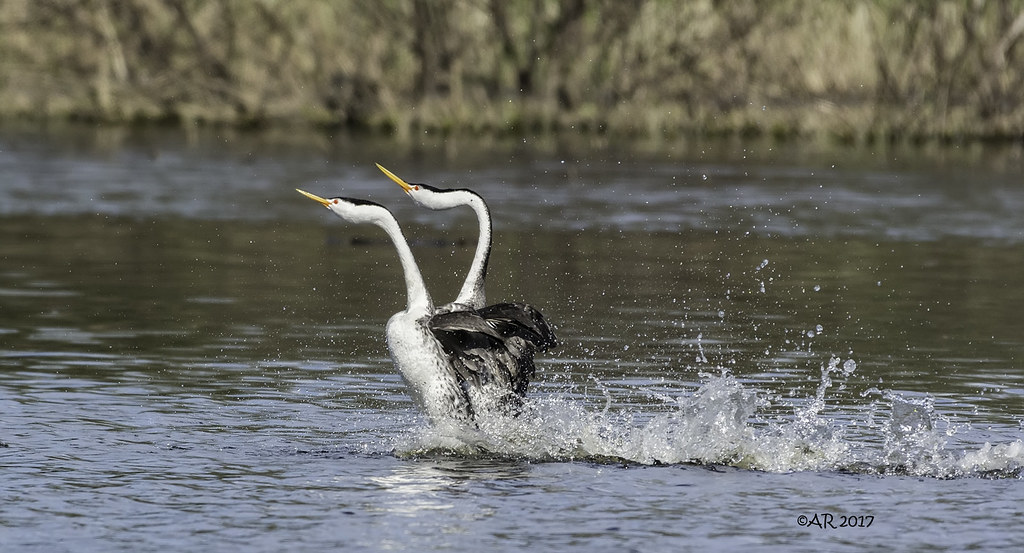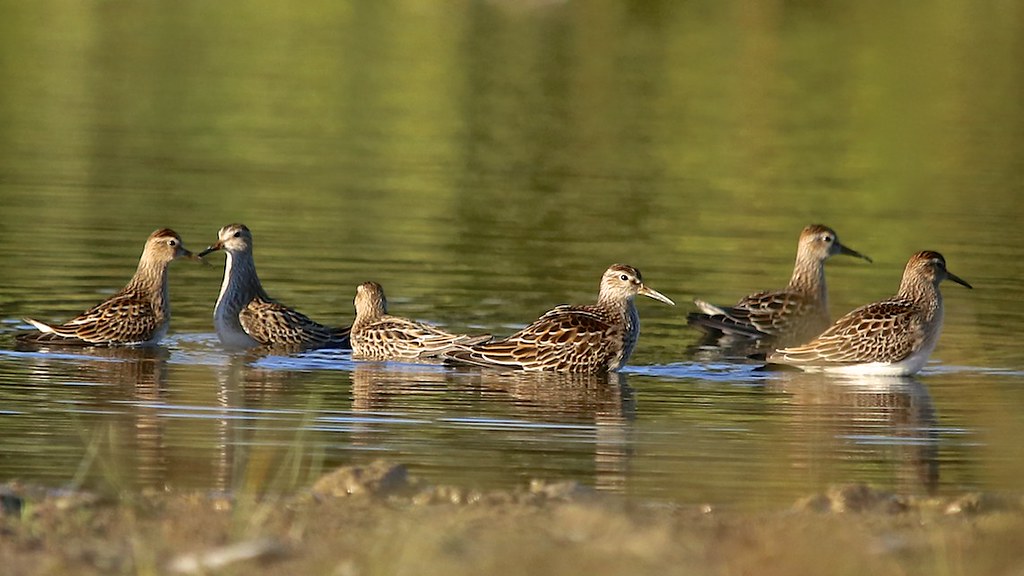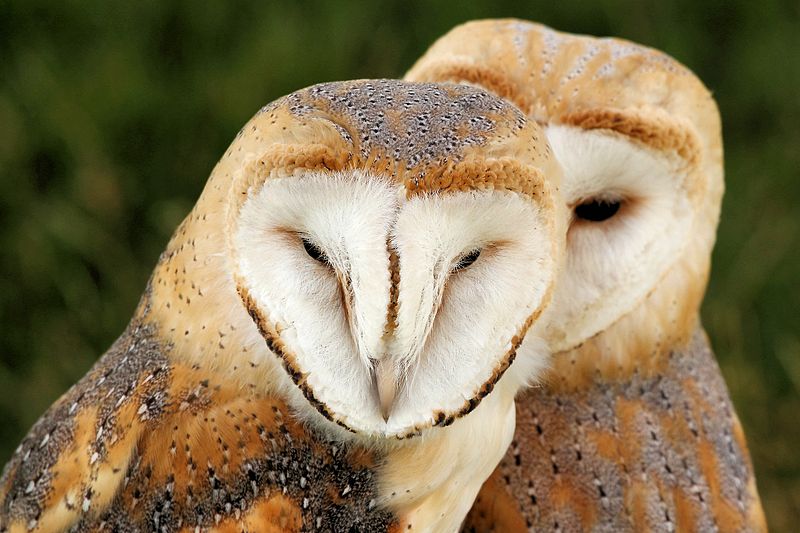With Valentine’s Day just around the corner, love is on our minds. And though we may do some crazy things for love, the bird kingdom has us beat with its elaborate courtship rituals and mating behaviors. Read on to see the lengths our feathered friends go to when looking for love.
Dinner and Dancing, Bird-Style

There are many bird courtship rituals that involve feeding the object of affection and dancing to attract and keep their attention. For example:
Cardinals and jays will present a sunflower seed to a female when seeking her affection.The male mountain quail will also offer food to the female it’s interested in, complete with bowing and splayed tail feathers in an effort to impress.
One of the birds of paradise, the Wahnes’s parotia , knows the importance of a proper stage for showing off his dancing skills to female admirers. Before he starts his courtship dance, he clears the ground of leaves and debris so that nothing gets in the way of his smooth moves.
To woo the ladies, male red-capped manakins (found mainly in Central America) perform a gliding dance that looks a lot like a moonwalk. And during mating season, a male tern will bring a fish to the female in hopes that she will consider him a prospective mate, capable of providing for their young.
When a male hooded oriole goes courting, he will bow to the female repeatedly as he approaches, and then hop around her while singing. If she’s interested, she’ll repeat the same performance. Courting Swainson’s hawks soar in circles together high in the sky before the male performs a series of steep dives, and then returning to the female’s side.
From Picky Daters to Casanovas of the Sky

Think your standards are high? Then you may appreciate what the Western grebe puts prospective mates through during courtship. Both the male and female take pairing up seriously, going through a series of arduous “tests” to see if the other has what it takes. Their courtship rituals play like American Ninja Warrior feats, including something called “rushing,” where both birds sprint 66 feet across the surface of water in mere seconds!
Female budgerigars, or “budgies” as they’re commonly known, are also quite choosy during courtship. In fact, studies have shown that the female budgies preferred males who showed problem-solving prowess during training exercises. However, spurned male budgies need not sulk in rejection; the same studies found that female budgies would switch partners for a newly trained male.
But not all birds are as selective when it comes to picking a partner. Take the male pectoral sandpiper, who, during breeding season, will sometimes go more than two weeks without sleeping in order to mate with as many females as possible!

Mating for Life: When Birds Find “the One”
An estimated 90% of bird species are monogamous, meaning that a male and female will pair off, nest, and breed. However, that pairing bond may only last for one nesting or breeding season. A smaller percentage of birds are known to mate for life.
Pinyon Jays are in this group, and their lifelong bond starts with courtship rituals that include males preening and offering sticks to females, and females begging the male for food while quivering their wings.
Bald eagles, which have an average lifespan of 30 years, also form permanent bonds with their mates, though males sometimes have more than one mate. These regal birds have an intense courtship, with prospective partners locking talons and plummeting from a great height before releasing each other and flying upwards again.
Barn Owls mate for life and are often seen cozying up to one another affectionately. But when its partner dies, the surviving mate will become severely depressed and may even die from the grief.

More Birds That Mate for Life
- Black-Billed Magpies
- Blue Jays
- California Condors
- Canadian Geese
- Common Ravens
- Laysan Albatrosses
- Mute Swans
- Oak Titmice
- Ospreys
- Sandhill Cranes
- Snow Geese
- Wrentits
Show the Birds Some Love This Winter

Spread love to our birds by helping them through the cold season with our winter wild bird feeding tips! With a staggering 30% loss in the US bird population since 1970, let’s do what we can to help the remaining birds survive the winter.
To learn more wild bird facts, check out our Resources page. If you live in or plan to visit Big Bear Lake, keep an eye on our local Activities page, or stop on by the Chirp Nature Center and say hi!


